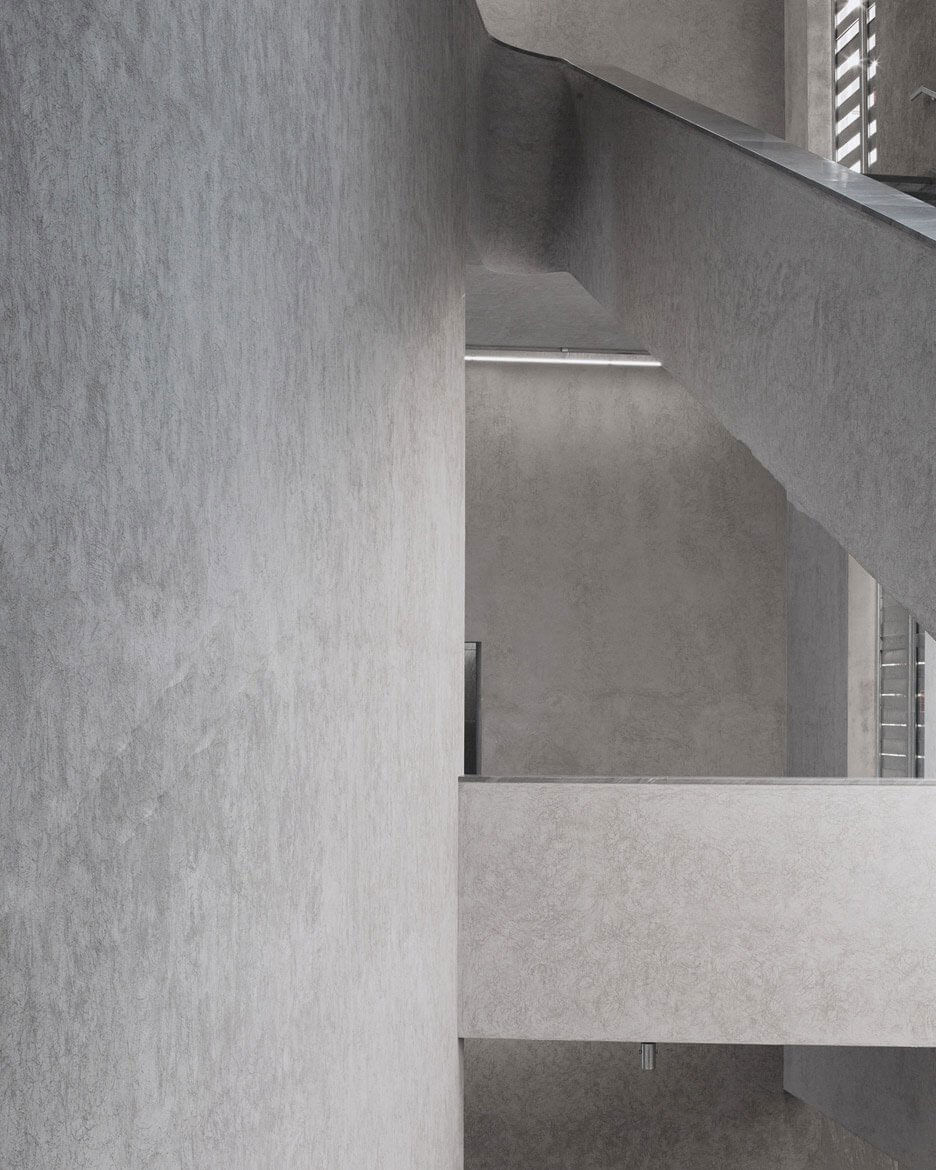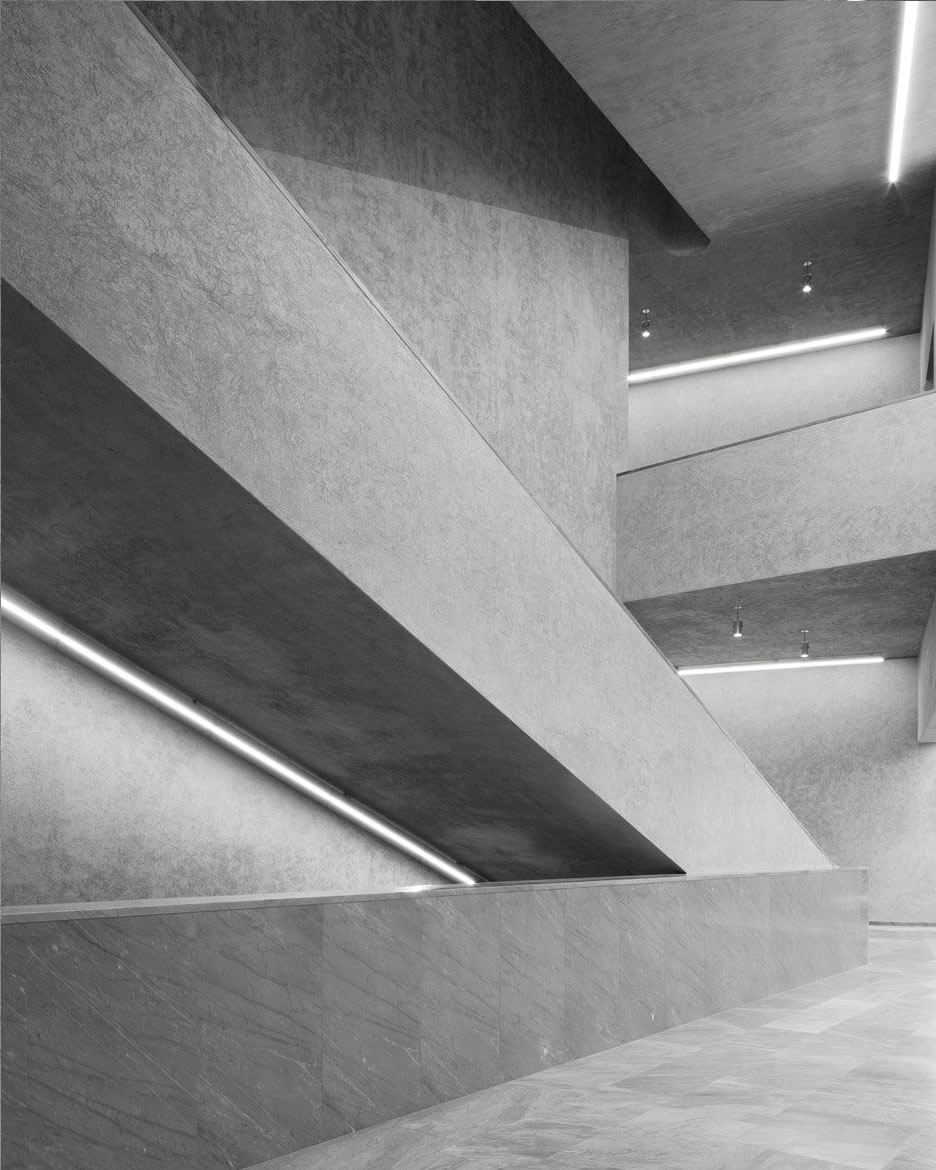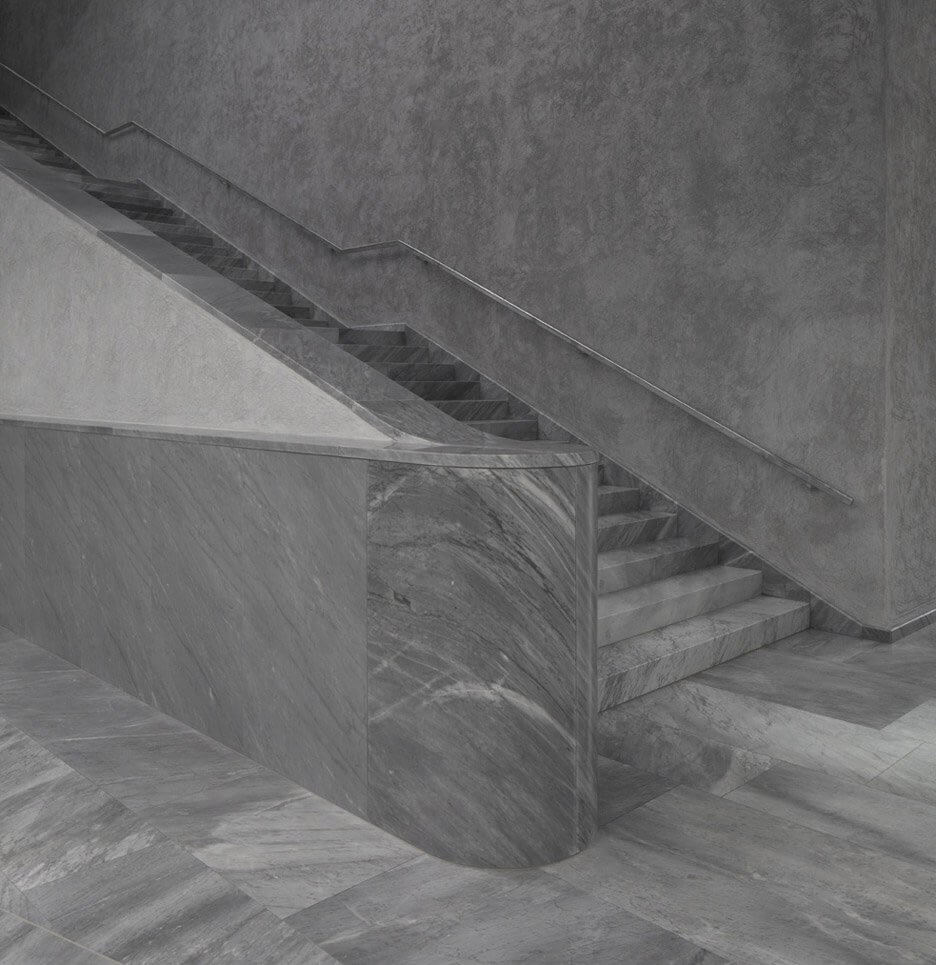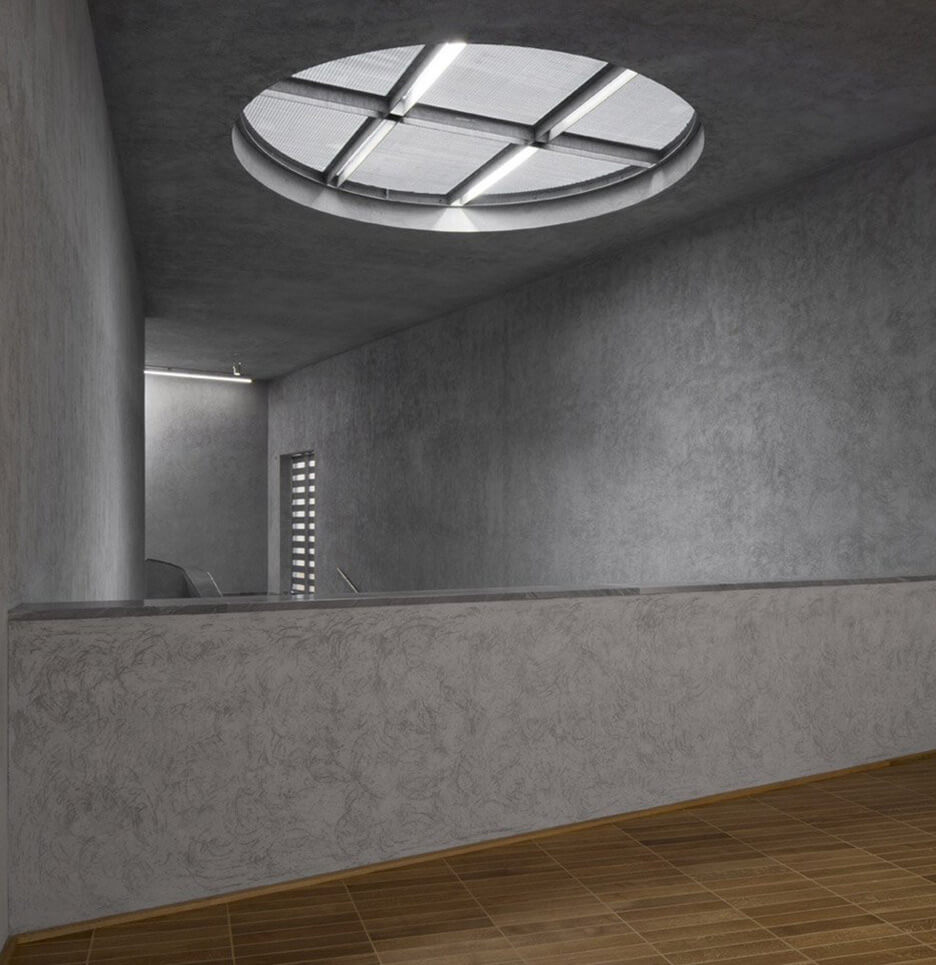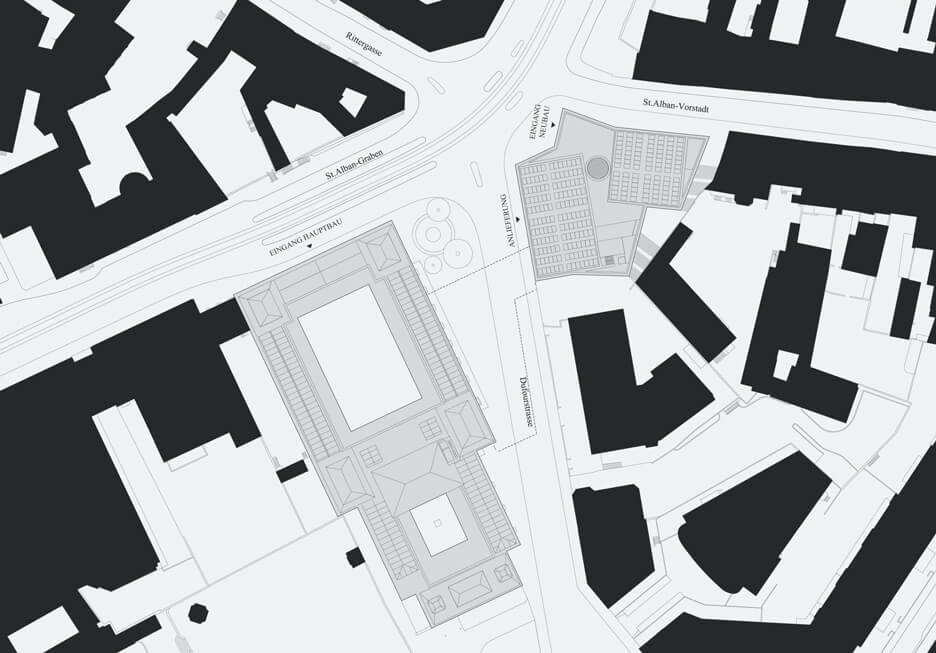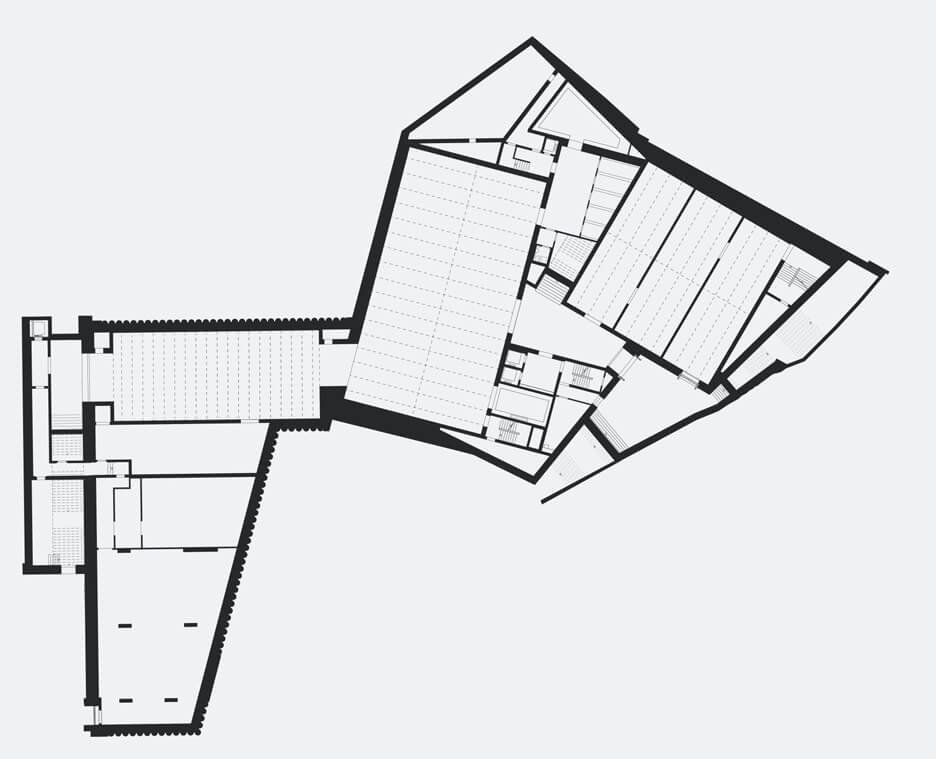Kunstmuseum Basel / Christ & Gantenbein
Kunstmuseum Basel / Christ & Gantenbein
Description
The façade brick walls were designed to be self-supporting and monolithic, and thanks to a sophisticated anchoring system (with elastic corners to absorb any deformations to which the building might be subjected) the usual dilatation joints could be dispensed with. This in turn allowed the walls to be staged as real walls rather than cladding. Danish manufacturer Petersen Tegl specifically developed for Christ & Gantenbein the color and proportions of the brick used in the buildings. The water-struck bricks are made of loam sand, silt and clay – the varying concentrations and colors of these elements combined with the temperature reached by the furnace during burning confers their unique hue to the bricks.
Why brick?
Brick is extremely versatile: it can be produced almost everywhere, by hand or industrially, it can be extremely cheap or very expensive. Few building materials provide such a wide range of possibilities. Even though the way in which it is used has not changed, its consideration has. Today brick is considered a noble and “pure” material, and its use will surely increase thanks to its sustainable attributes. In the specific case of the Kunstmuseum, we chose brick because of its inherent qualities of timelessness, essentiality and sustainability. We wanted the new building to speak the same language of the old one, but to tell a new story. With its classicist, pure and essential character, the brick wall of the extension stood as a sort of “poor” but dignified relative of the limestone slabs in the main building. We deliberately looked for this contrast, we wanted to show that both buildings were in a way built “brick by brick” but that a hierarchy exists between them.





